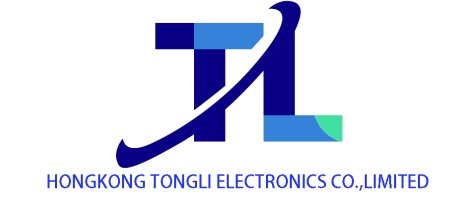The BT load plate supply crisis has impacted the storage supply chain, and the risk of chain break has emerged
Pan Jiancheng, CEO of Phison Electronics, a major NAND control IC manufacturer, has warned that the continued tight supply of BT substrates for packaging and the emerging shortage of packaging materials will impact the supply chain of storage components such as Flash, SSDs, and controllers.
Pan pointed out that the supply of BT substrates for packaging is severely tight, with the delivery time having been extended to 210 days, approximately 7 months. If customers place additional orders temporarily, it will be impossible to deliver on time. As a result, the company’s order visibility has been significantly extended, and he estimates that there may be a risk of supply chain disruption due to shortages starting from mid-to-late August.
He further explained that the shortage of BT substrates has a wide-ranging impact, affecting various packaging components including NAND controllers, eMMC, UFS, and BGA. It is expected that the pressure on the supply chain will continue into the third quarter and even until the end of the year. Pan noted that customers have been continuously placing additional orders recently, and even though Phison originally had sufficient materials in stock, it is still facing tight production capacity. He bluntly stated, “Some module manufacturers cannot get the goods, so they have to place orders with us, but we really cannot accept new orders anymore.”
Faced with a large number of additional orders in the past month, Phison has been unable to fully meet the new demand, and the pressure on the supply chain is expected to continue into the latter part of the third quarter. He emphasized that the packaging of controllers is also facing pressure from raw material supply, and the delivery time for BT materials required for SSD packaging ICs has been extended to 210 days, making “temporary additional orders completely impossible.”
To ensure stable delivery, Phison has begun to adjust its shipment rhythm, prioritizing supply to long-term cooperative customers to avoid having no goods to deliver from September to November due to short-term concentrated shipments. It also calls on customers to place orders as early as possible for preparation, otherwise it will be difficult to meet the needs of subsequent processes.
Industry insiders pointed out that the current price increase of BT substrates mainly stems from the continued tight supply of key raw materials such as low-coefficient of thermal expansion (low-CTE) glass fiber cloth and high-strength glass fiber (T-Glass), which has put pressure on the cost of substrates for applications such as memory, RF, WiFi, and AP.
Surveys of the supply chain by institutions also show that major Taiwanese substrate manufacturers Nanya and Kinsus have increased the prices of BT substrates, and it is estimated that the quarterly price increase in the third quarter can reach 10% to 20%.
Pan Jiancheng noted that the strong appreciation of the New Taiwan dollar against the US dollar in the second quarter had an impact on Phison’s US dollar-denominated revenue. However, Phison still achieved revenue exceeding NT$6 billion in June, indicating strong actual market demand.
Looking ahead to the NAND market situation in the third and fourth quarters, Pan Jiancheng said that Phison, as a major customer, will receive some preferential treatment from original manufacturers, but now prices are renegotiated every month, and the market is still in a state of tight balance between supply and demand. He believes that in the long run, as AI applications continue to heat up and the amount of data generated grows explosively, the global storage market is rapidly moving towards structural growth. The trend of SSDs replacing traditional HDDs is becoming increasingly clear, and it is estimated that after 2030, SSDs will become the mainstream storage devices.
